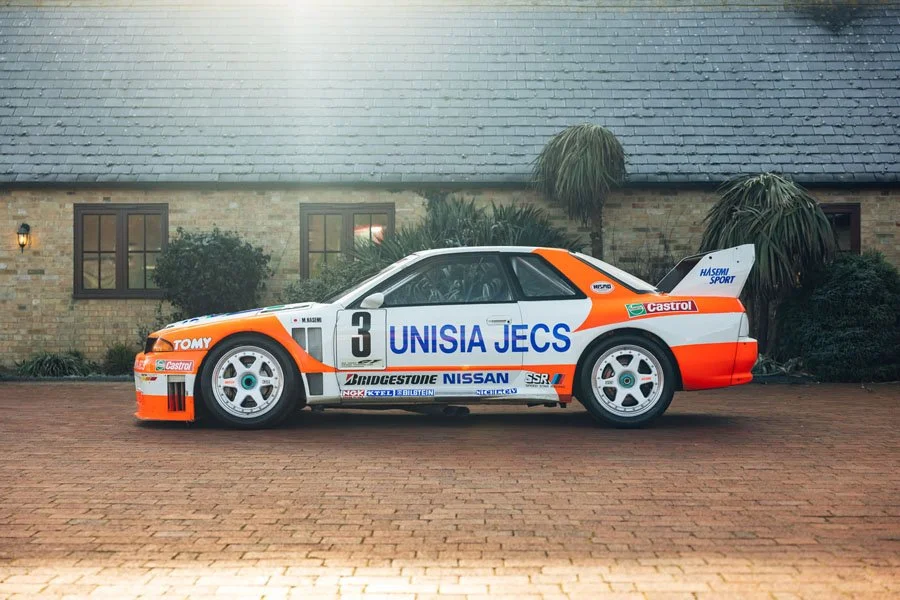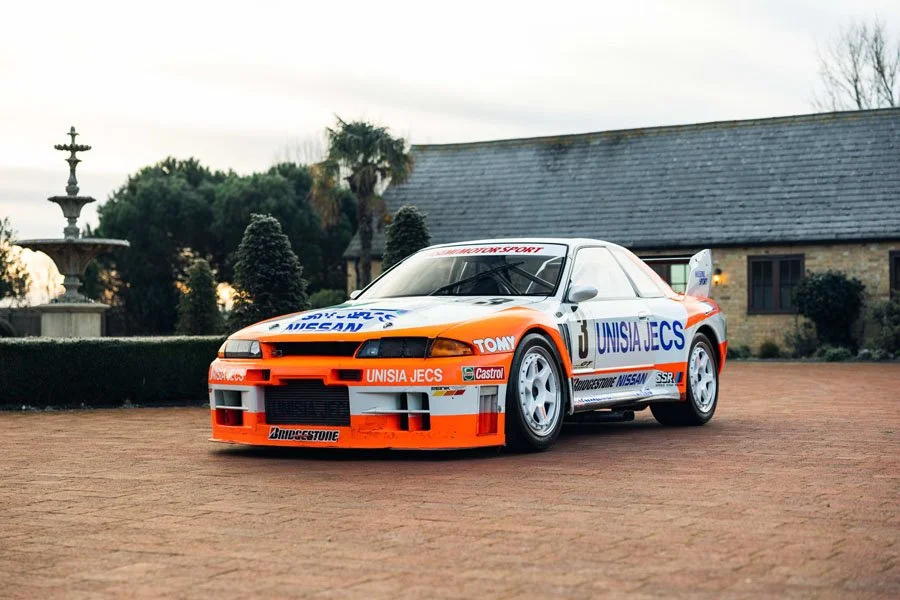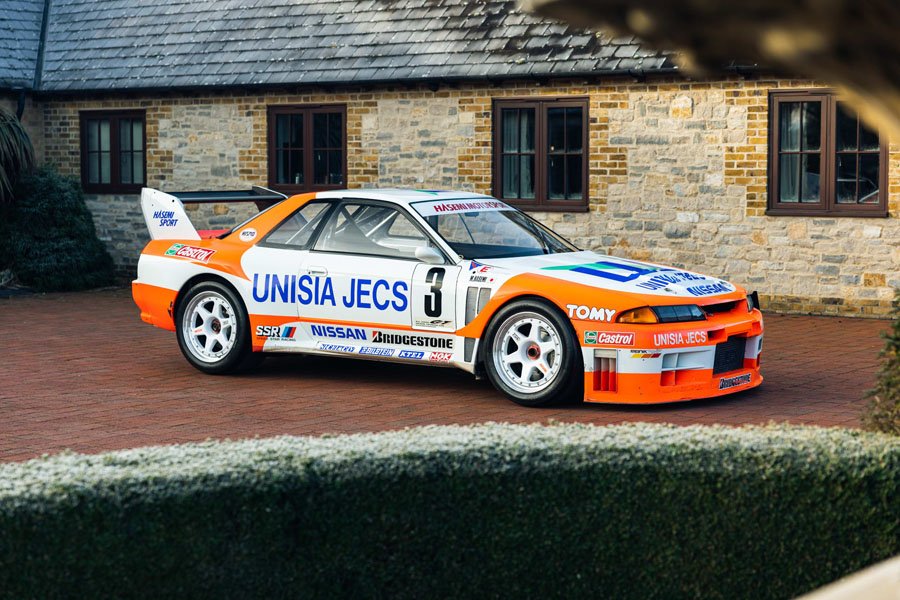One to Buy: 1994 Nissan R32 Skyline GT-R Hasemi GT1
/ Ben Tyer
Like most series for out-and-out Sports Prototypes, the All Japan Sports Prototype Endurance Championship struggled to attract entries during the early 90s recession. Accordingly, to reflect the move towards less costly production-based Grand Touring cars, it was replaced for 1993 by the inaugural All Japanese Grand Touring Car Championship (JGTC).
When the Japanese Touring Car Championship (JTTC) switched from Group A to Super Touring regulations for the 1994 season, the JGTC saw a further influx of entries and became one of the premier GT competitions anywhere in the world.

One of the new entrants for the ‘94 season was the Hasemi Motorsport squad which had dominated the Group A Japanese Touring Car Championship since 1989.
For the 1994 JGTC, Hasemi Motorsport ran one of three factory-backed R32 GT-Rs: the last R32s before the subsequent R33 took over.

Unlike the other pair, Hasemi’s car (chassis BNR32-221613R) was tricked out to fully optimise exploitation of the rulebook. With this in mind, it was built with rear instead of four-wheel drive which enabled weight to be significantly reduced and the engine to be moved further back in the bodyshell. It also featured a custom aero kit developed in conjunction with NISMO. Under the hood was a twin turbocharged Reinik RB26DETT straight six engine hooked up to an Xtrac six-speed sequential gearbox.
The 1994 JGTC was expected to be a battle between Masahiko Kageyama’s Hoshino Racing R32 GT-R back by Calsonic and Masahiro Hasemi who would take the wheel of chassis 221613R which ran in the white and orange colours of title sponsor Unisia Jecs.

Having failed to finish the season-opener at Fuji, Hasemi took pole and victory at Sendai, after which he teamed up with Yukihiro Hane and Hideo Fukuyama to win the non-championship Tokachi 24 Hours.
A third place finish at Fuji and fourth at Sugo meant the title would be decided at the Mine finale. However, Kageyama pipped Hasemi to the win and with it secured the 1994 JGTC title.

Owing to the delayed completion of Hasemi’s new R33 GT-R, chassis 221613R went on to make one final appearance (in the 1995 season opener at Suzuka where it took pole and finished fourth), since which time the car has taken pride of place at the Hasemi Motorsport headquarters in Kanagawa.
Today it is offered in highly original condition at Girado & Co.’s Oxfordshire showroom.



























































